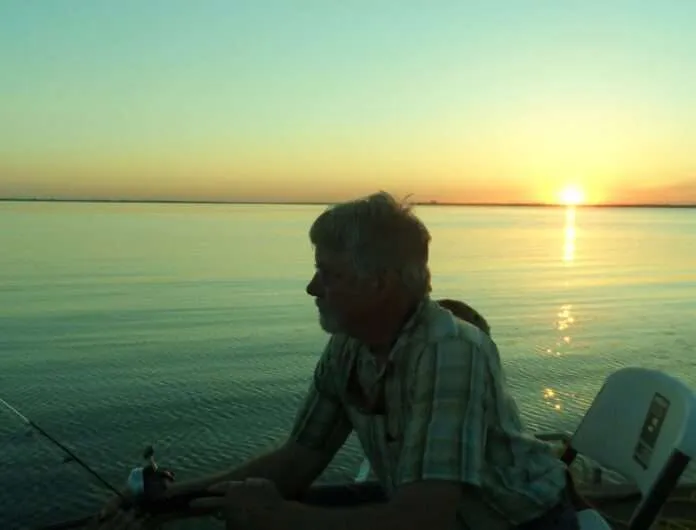As we hurtle toward our fall time change, it makes me consider how the length-of-days and the increased or decreased amount of sunlight affects all life on this rock. Every living thing has an internal clock of some sort that helps regulate its life. It’s what tells butterflies and birds when to migrate and sea turtles when to lumber ashore to lay their eggs. My internal clock is very reliable as it relates to getting me up in the morning. I have an alarm clock by my bed like most everyone does, but I rarely have to use it. It seems I can just decide in my mind when I want to awaken and when that time rolls around, I awaken. We put our two little dogs to bed about ten PM every night and they also get a treat then. Their internal clock often tells them when it’s time for a snack, as they begin to stir and whine about that time every night, and you can nearly set your watch by it.
Wildlife has different worries in life which are all about survival, like when to begin growing their heavy winter coats or when to begin breeding to sustain their species. All studies and research say that those things are dictated by the amount of daylight in a day, technically known as photo-period. So as the days get shorter and thus the amount of daylight becomes less, it triggers changes in wildlife.
In deer, shortening days and reduced amount of daylight triggers the breeding season known to us as “the rut.” I spoke with now retired Big Game Coordinator for the state of Kansas, who explained to me how increased amount of darkness each day causes increased production of certain hormones in a deer’s body and thus the bodies of both male and female deer prepare for the breeding season. He also pointed out that moon signs and other factors may bring about increased deer activity and changes of behavior, but it is all ultimately controlled by the length of days (photo-period.) As a side note here, have you ever wondered why deer and all wildlife for that matter have their young in the spring and not fall, early winter or even year-round like some domestic livestock? God has programmed their bodies to react the way they do so all wildlife young are born in spring when everything in nature gives them the absolute best chance of survival.
Furbearers are also affected by decreased amount of daylight. Matt Peek, Furbearer Biologist for the state of Kansas explained to me how the photo period dictates when a fur bearer’s pelt becomes “prime.” Fur bearing animals grow an extra-thick, heavy coat to protect them from winter blasts, and when that coat is at its absolute fullest and best for fur harvesting it is called “prime.” Decreasing amounts of daylight initiates that growth. It could be sixty-five degrees clear into December, but the animals’ fur still grows and becomes prime in anticipation of the cold, no matter when it comes, so that the critters are prepared. Fur from different parts of the country varies vastly in quality, as fur from Idaho for example will always be thicker and more luxurious than fur from Florida. But no matter where a fur bearing animal lives, their fur still becomes prime and the timing of that is dictated by the amount of daylight.
I hate the bi-annual time changes; I wish we would just choose one or the other (I really don’t care which one) and then just leave it alone! But twice each year as I scurry around resetting the clocks on the microwave, etc. knowing full well I’ll have to do it again in 6 months, I stop for a moment and consider how the wild critters clocks just kinda’ reset themselves thanks to the wisdom of our Creator. Continue to Explore Kansas Outdoors!
Steve can be contacted by email at stevenrgilliland@gmail.com.




